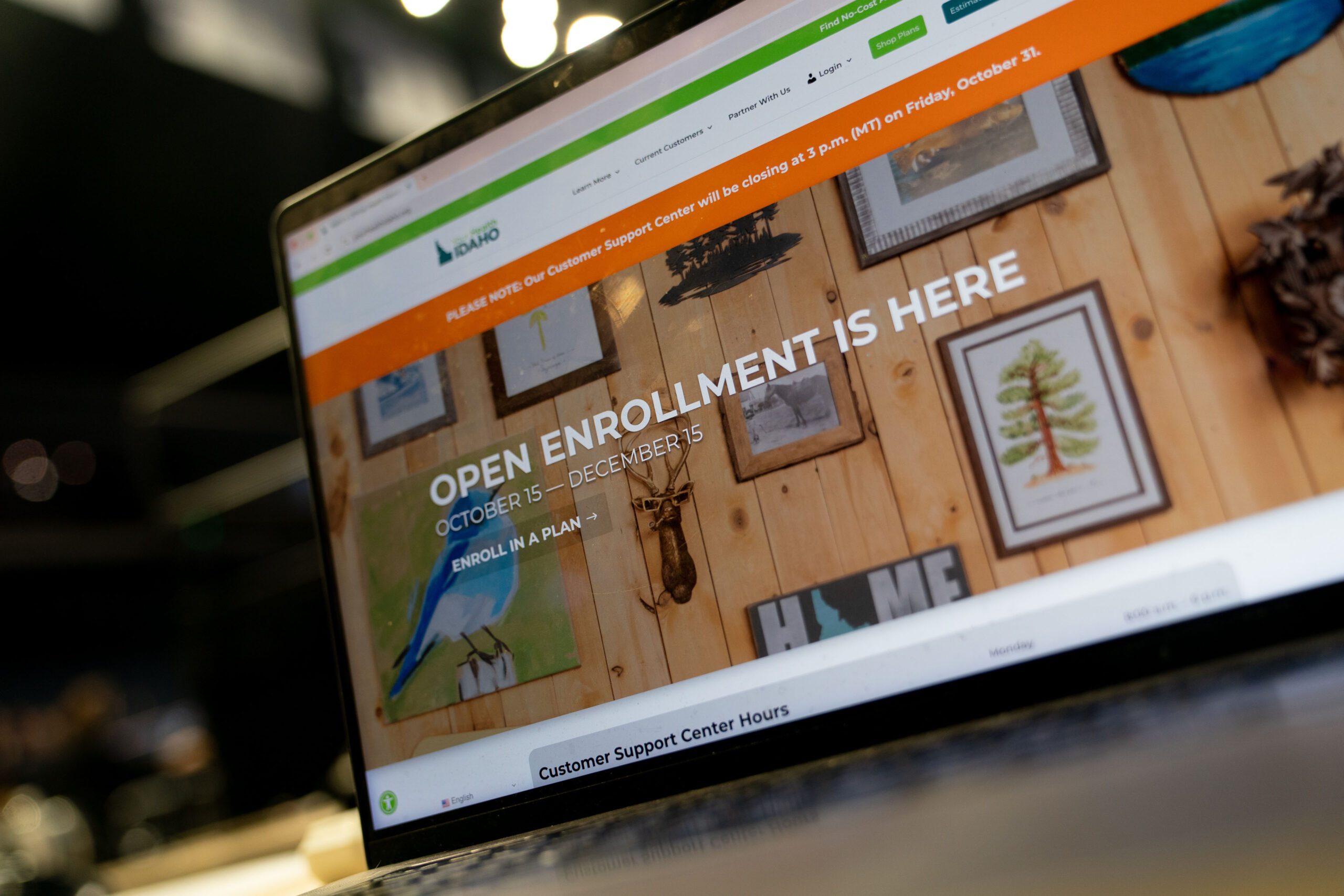
Uptake: Slow Start, Steady Climb
Approved by the FDA in July 2023, Leqembi has been described as a breakthrough for treating early-stage Alzheimer’s. Yet the real-world rollout has been slower than expected. As of early 2024, only 1,725 Medicare beneficiaries had received the drug.
By 2025, global sales reached $107 million, with projections of $279 million by fiscal year-end—indicating growing but modest adoption.
Who’s Eligible?
Leqembi is indicated for individuals with mild cognitive impairment (MCI) or early Alzheimer’s dementia, confirmed to have amyloid buildup in the brain—typically verified through a PET scan or spinal fluid test.
What Does It Cost the Average Medicare Beneficiary?
If you’re on traditional Medicare without Medigap or a premium supplemental plan, here’s what you can expect to pay:
Drug Cost
- List price: $26,500/year
- Medicare Part B pays 80% after your $257 deductible
- Out-of-pocket coinsurance: ~$5,300/year
Associated Care Costs
ServiceTypical Annual CostYou Pay (20%)PET scan (amyloid confirmation)$1,565$313Infusion center services$2,566$513MRIs for safety monitoring$1,068$214Neurology visits$498$100Genetic testing (APOE)$99$20Occasional extra MRIs~$83~$17Rare hospital stays (ARIA-related)~$318~$64Total medical services: $1,327**
Estimated Annual Out-of-Pocket Cost
ItemCostDrug coinsurance~$5,300Ancillary coinsurance~$1,327Medicare deductible$257Total~$6,884Most Americans do carry some supplemental coverage—like Medigap or Medicaid—which can lower costs dramatically. But for those with only standard Medicare, nearly $7,000/year is a realistic burden.
What’s Slowing Broader Access?
- Infusion logistics: Biweekly IVs require specialized centers
- Diagnostics: PET scans and lumbar punctures aren’t widely accessible
- Safety protocols: Regular MRIs are needed to detect side effects
- Registry requirement: Medicare patients must be enrolled in a national database
What’s on the Horizon?
Leqembi’s developers, Eisai and Biogen, are introducing innovations that could streamline access:
- Monthly IV formulation already approved
- Autoinjector version under review, potentially eliminating infusion centers
- Blood-based tests may soon replace PET scans for eligibility
- The AHEAD 3-45 trial could expand use to preclinical patients by 2028
Will It Reach Everyone Who Needs It?
Experts anticipate peak annual sales between $6B–$10B by 2030, with millions of Americans potentially eligible. But for Leqembi to become standard care, we’ll need:
- Expanded infusion infrastructure
- Wider diagnostic access
- Streamlined safety monitoring
- Lower out-of-pocket costs and stronger coverage
Bottom Line
Leqembi is gaining momentum—but it’s not yet within reach for everyone. Without supplemental coverage, the average out-of-pocket cost sits near $6,900/year, creating a financial barrier that slows adoption. With innovation and policy shifts, though, this promising therapy could reshape how we treat Alzheimer’s in the years ahead.
The post “Is Leqembi Worth It?” Costs and the Road to Wider Access appeared first on Alzheimer's And Dementia Weekly.
Disclaimer: This story is auto-aggregated by a computer program and has not been created or edited by healthlydays.
Publisher: Source link











